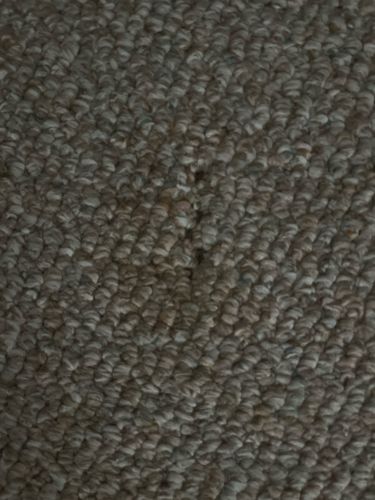Carpet Beetle (larva)
Scientific Name: Anthrenus scrophulariae or Trogoderma variabile (common species, identification without clearer image is difficult)
Order & Family: Order: Coleoptera, Family: Dermestidae
Size: (Larva) 2-5 mm in length; (Adult) 2-4 mm in length

Natural Habitat
Indoors: Carpets, rugs, upholstered furniture, clothing, blankets, furs, stored dry food products, pet beds, attics, museums, and natural fiber insulation. Outdoors: Nests of birds, rodents, and insects, as well as dead animals.
Diet & Feeding
Larvae primarily feed on keratin-containing materials such as wool, silk, feathers, fur, animal bristles, leather, pet hair, and lint. They can also feed on dried animal products, stored food products and sometimes synthetic fibers if mixed with natural ones. Adult carpet beetles feed on pollen and nectar.
Behavior Patterns
Carpet beetle larvae are typically found in dark, undisturbed areas, feeding on keratin-containing materials. They are known for their slow movement and can often be found congregated in areas where food sources are plentiful. Adult carpet beetles are attracted to light and often feed on pollen.
Risks & Benefits
Risks: Carpet beetle larvae are significant pests in homes and museums, causing damage to natural fibers (carpets, clothing, furniture) and stored food products. Some people may experience allergic reactions (dermatitis) to bristles shed by the larvae. They do not bite or sting. Benefits: In natural environments, they play a role in decomposition by consuming animal remains and shed hair/feathers.
Identified on: 8/12/2025